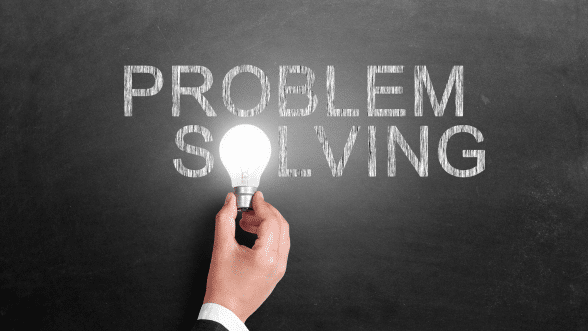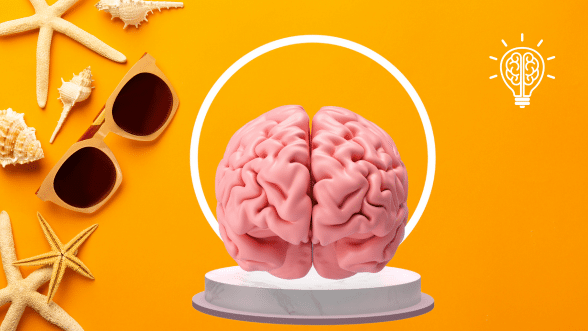
What is collaborative problem solving?
Collaborative problem solving involves multiple individuals or teams working together to solve complex issues or achieve specific objectives. This approach leverages the diverse experiences, knowledge, and skills of group members to arrive at innovative solutions.
What are the benefits of collaborative problem solving?
Benefits include:
- Leveraging Diverse Perspectives: Enhances creativity and innovation by incorporating different viewpoints.
- Building Stronger Teams: Promotes understanding and cooperation among team members.
- Faster Problem Resolution: Pooling knowledge and resources can lead to quicker, more effective solutions.
How can one implement collaborative problem solving in the workplace?
Steps for implementation:
- Define Clear Objectives: Ensure everyone understands the goals and expected outcomes.
- Encourage Open Communication: Create a safe space for all ideas and suggestions.
- Utilize Facilitation Tools: Employ methodologies like design thinking or the Six Thinking Hats to structure discussions.
- Review and Reflect: After solving a problem, discuss what worked and what didn’t to improve future problem-solving sessions.
How can managers identify what is getting in the way of collaboration?
Identifying barriers to collaborative problem solving is essential for managers aiming to improve team effectiveness and foster an environment conducive to innovation. Here are detailed steps and strategies managers can employ:
- Observe Team Dynamics: Monitor how team members communicate and interact during meetings. Look for poor communication, lack of trust, and any dominance in conversations which might inhibit open sharing of ideas.
- Gather Feedback: Utilize surveys, anonymized feedback sessions, and one-on-one meetings to collect insights from team members about any issues affecting their collaboration.
- Review Outcomes and Process: Assess the outcomes of team projects and the processes used to achieve them. Issues like delays, conflicts during decision-making, or failures to meet project goals can highlight underlying problems.
- Identify Specific Barriers: Common Barriers:
- Skill Gaps: Insufficient skills or knowledge can prevent effective contributions.
- Resource Limitations: Lack of necessary resources can hinder team progress.
- Cultural and Personality Clashes: Differences in work styles or personalities may lead to conflicts.
- Inadequate Leadership: Poor leadership can fail to bring teams together and direct their efforts cohesively.
- Implement Changes and Monitor Results:
- Training and Development: Address skill gaps and improve essential skills such as communication and leadership.
- Team Building Activities: Strengthen interpersonal relationships and build trust among team members.
- Process Adjustments: Modify workflows, meeting structures, and decision-making processes to better suit team dynamics.
- Continuous Monitoring: After implementing changes, continuously monitor their impact and adjust as necessary.
By systematically observing, gathering feedback, evaluating processes, identifying specific barriers, and implementing targeted improvements, managers can effectively enhance their teams’ collaborative problem-solving capabilities. This approach not only addresses immediate barriers but also contributes to sustained team development and success.




